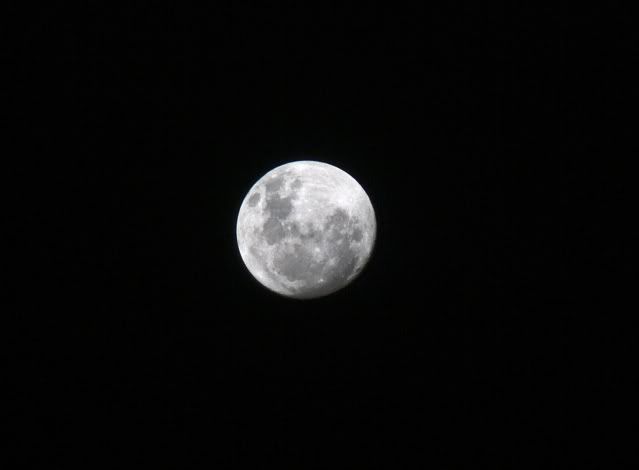You probably grew up hearing your mother say things like, "Wash your hands after you touch something dirty." This is good advice when it comes to helping keep germs at bay. But, the problem is, just because

you don't actually see dirt on something doesn't mean it's not germy. You know there are germs on surfaces like toilet seats and garbage pails, but once you find out the 7 places where dangerous germs exist, you'll have a whole new outlook on cleanliness:
1. Computer Keyboards
Most people, according to the experts, don't bother to clean their computer keyboards until their fingers stick to the keys. While this is an obvious exaggeration, it does bring to light one of the places you may not think of where germs live. According to a lab analysis, a computer keyboard that was tested had more germs and bacteria on it than a communal water fountain. The most-infested computer keyboards, of course, are the ones that are shared by two or more people.
2. "Clean" Laundry
In an effort to save energy costs, we're washing our laundry using cold water and shorter washing machine cycles. Cold water washes are also easier on our clothes which makes them last longer. The problem with these practices, when it comes to dangerous germs, is that water needs to be 140 degrees Fahrenheit in order to properly disinfect our laundry. That means that bacteria, viruses, fungi and protozoa can easily live through a wash cycle.
3. Toothbrushes
You remove your toothbrush from its holder on the bathroom sink, clean your teeth, then rinse it with water and return it to its holder for the next use. Now, your teeth and mouth are clean, right? Your teeth are clean since you've just brushed off the food particles. But, what about the dangerous germs? According to Dr. Michael P. Rethman, DDS, MS, and president of the American Academy of Periodontology, your toothbrush becomes germy after using it for a period of time. Bacteria from your mouth, saliva and blood contaminate it. If your toothbrush is stored within 6 feet of the toilet, then it can also be contaminated with germy water droplets that flushing a toilet creates.
4. Desktops
Studies have also determined that desktops are one of the places where dangerous germs exist. In fact, a desktop can have 400X the amount of bacteria on it than a toilet seat. Obviously, teachers' desks are exposed to a lot of bacteria and viruses. But tests show that bankers, accountants- and even doctors- generally have germy desktops.
5. Bathroom Doors
When you think of germs in a bathroom, you probably think of the toilet seat. However, under normal circumstances, the flush handle and the inside bathroom door knob are more contaminated with bacteria.
6. Hot Tubs
"Hot Tub Lung" is an infection that affects many users of these indoor/outdoor spas. The symptoms resemble Pneumonia in that the patients suffer from a congested cough, fever and fatigue. What's the cause of
Hot Tub Lung? Dangerous bacteria in the steam. Even if the water in a
hot tub is properly treated and changed often, germs thrive in warm, moist places.
7. Kitchen Sponge/Dish Rag
Amazingly, you probably use a sponge or a dish rag to clean your dishes, the countertops and stove and the table in the kitchen. The experts say that that same cleaning device is probably the most germ-ridden item in your home. A dishcloth that was used for one day and tested showed it had more than one billion dangerous germs on it.
In conclusion, some germs can cause common illnesses such as diarrhea and stomach aches. Approximately 40 million Americans get sick from germs annually. But, according to the U.S. Centers for Disease Control, "infectious disease is the number three killer of Americans." 80,000 people also die from germs.
associatedcontent.com






















.jpg)

